
Marzo 02, 2013

How do you know which new trend is worth pursuing? One offering solid possibilities while relying on proven technology is the use of on-site debit card systems.
These systems allow customers to load up a card and purchase food, drinks or games. Instead of relying on tokens, coins or tickets, customers employ a single plastic card, similar to a credit card, to make all of their transactions.
The result for operators can be increased revenues, enhanced customer satisfaction and more, including detailed reports of customer spending activities.
Bowling centers managers should be excited about the potential card systems offer to provide single-point solutions for managing revenue and labor, according to Johnny Loftin of CenterEdge Software in Roxboro, North Carolina.
“We’ve found that proprietors are looking for ways to make it easier for customers to spend money,” he says. “Once you get a debit card system in place, it’s a simple swipe of the card to play a game as opposed to consciously pumping quarters into a coin slot, which gives the customers time to weigh the value of the purchase and potentially change their mind.”
Systems are available from a number of providers. Major players include Embed, which has U.S.A. headquarters in Carrollton, Texas; St. Louis-based Intercard; and Argentinean company Sacoa.
Recently growing in popularity, the systems are now used in bowling centers around the world, according to Merrik Keller, sales manager.
“They’ve become common with larger industry names as well as independent operators,” he says. “The bowling market has exploded over last thirty to thirty-six months. Along with new centers, a lot of older centers are modernizing and they’re including them.”
Loftin also cites growing interest.
“Based on the great number of bowling center owners and managers we’ve spoken with at industry trade shows and those that contact us about our software, it’s safe to say that plenty of locations are using them,” he says.
POTENTIAL ADVANTAGES
A debit card system offers a number of advantages, proponents say.
“It allows operators to simplify the experience for customers through a one–card experience,” he says. In addition, he notes, the systems serve as value-added packages that foster efficiency in counter operations.
Along with convenience to the customer, advantages that include a wide range of marketing, tracking and pricing opportunities.
Pluses range from improved cash fl ow and increased impulse purchases to reduced labor costs and less likelihood of employee theft. Other advantages may include less game downtime due to coin-mechanism jams as well as reduced staff labor hours for collections, meter readings,paperwork, data entry, security and guest service.
Intercard has dubbed its approach as a Combined Debit Card System.
This system makes use of standard Ethernet and Star-Topology, which the company describes as the most universal, stable and cost-effective solution available. In addition, non-proprietary hardware can be purchased locally at electronics stores. This may bring savings in initial set-up costs while also helping bowling centers eliminate down time and factory service calls.
The company also supports creative marketing and advertising opportunities that begin at the display reader and continue through direct mail and email contact with customers.
A “Zero Fault Tolerance System” allow readers to operate even if the
main server is down. When online, readers produce activations in less than a second. When offline, they store account information and communicate as needed. And a single database solution allows customers to activate cards at one location and then use them at another.
Sacoa offers the Qubica-AMF Conqueror Pro Management System. The terminal in this system can activate Sacoa playcards, load money on the cards and check account balances in real time. An attractive feature is that playcards can be tied to a frequent bowler account. Once this is done, the center can use the card to recognize a customer, assign special pricing or offer specific promotions to targeted customer groups.
RETURN ON INVESTMENT
System providers point out that the return on investment for debit card systems can be substantial.
“Costs vary depending on size and scope,” noting that just as an example, one center might make a $30,000 investment while another might be $200,000. “There’s not a one-size-fits-all solution,”.
A basic expense is the cost of swipers, which range from $199 to $299. Obviously the larger the number of these units to be obtained the bigger the investment, along with other start-up costs.
At the same time, the increasing popularity of the debit-card approach seems to support good earnings potential. While avoiding making specific earning claims, Keller reports that operators have been pleased with the level of revenue enhancement and cost reduction.“The results speak for themselves”.
A key question is whether having such a system in place will result in customers spending more money.
Loftin says the answer is a definite yes. “With a debit card system one of the key advantages is being able to maximize price points for your games,” he says. “With a token/quarter system you are locked into certain price points.”
This means that while a typical arcade-style game may have previously cost $.25 or $.50, with a debit card system the price point is unlimited.
“You can charge thirty cents or thirty-three cents, anything that you want. By having this flexibility you can maximize profits.”
At the same time, customers may be likely to spend more when not having to come up with cash for every expenditure. With the simplicity of using a single card throughout the facility, customers can be free to enjoy games, food or other offerings in a hassle-free approach. And should they spend more in the process, proprietors should be happy too.







All content © Sacoa Cashless System - SDCS LLC ® 1996-Today